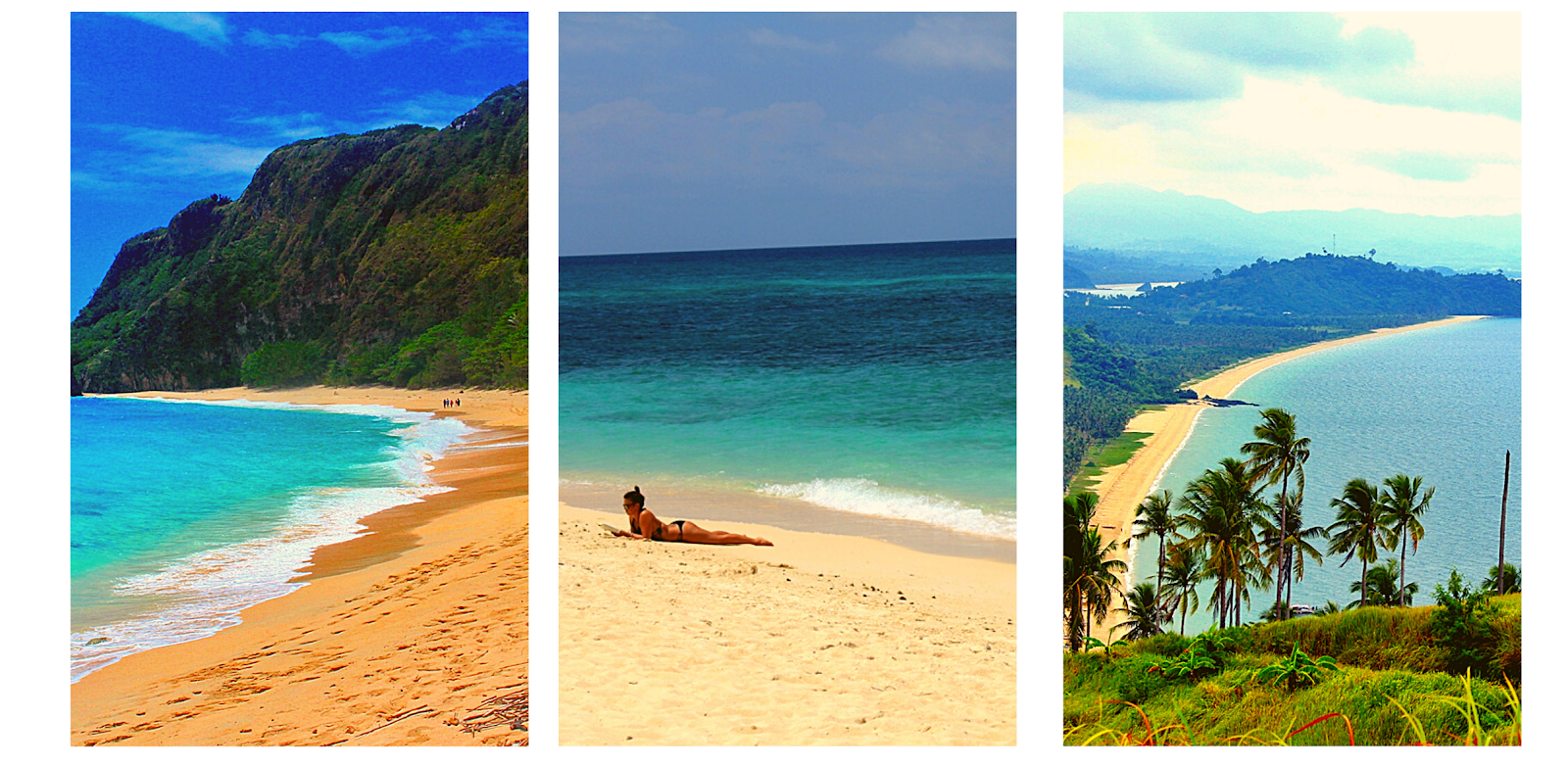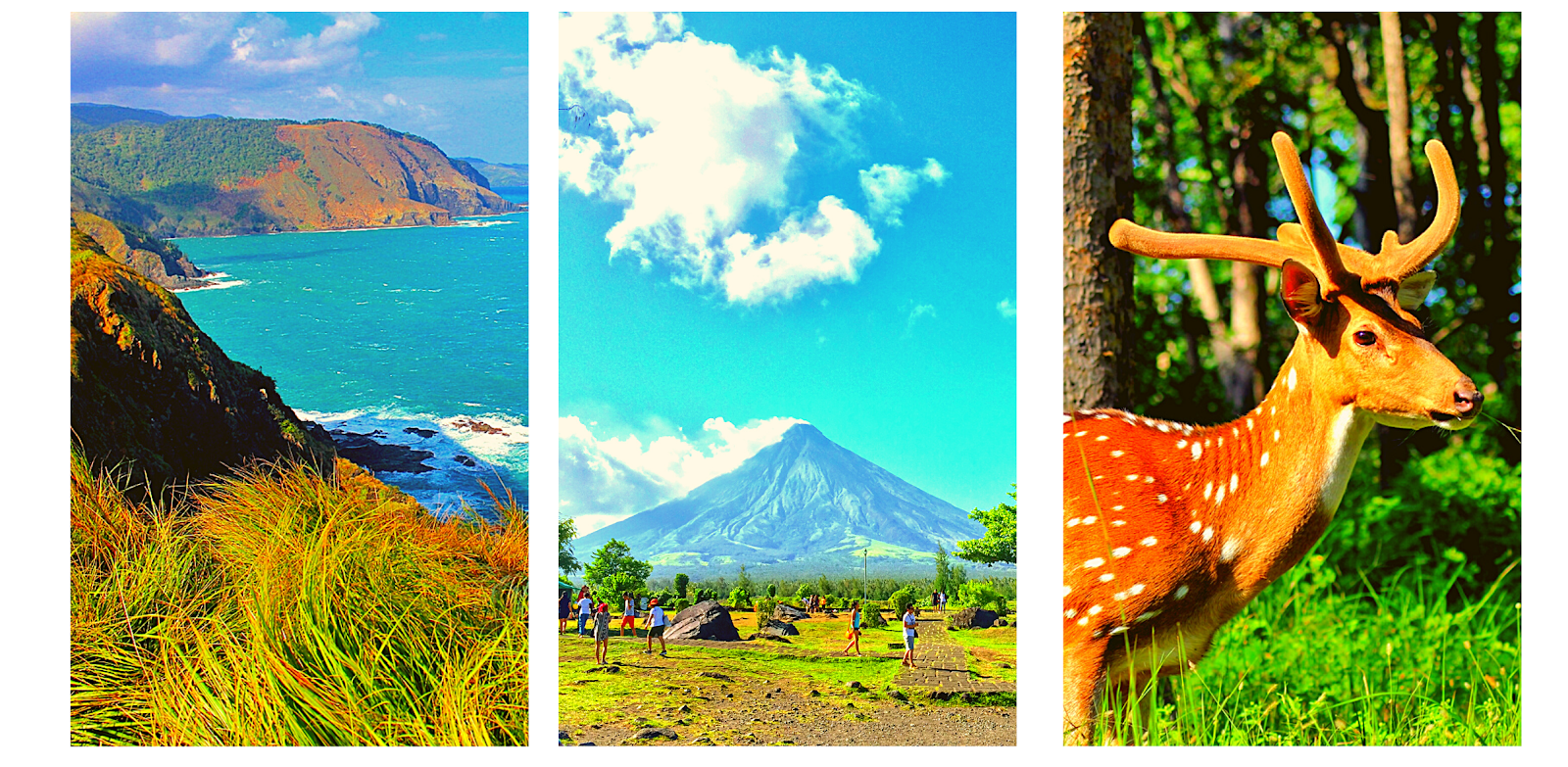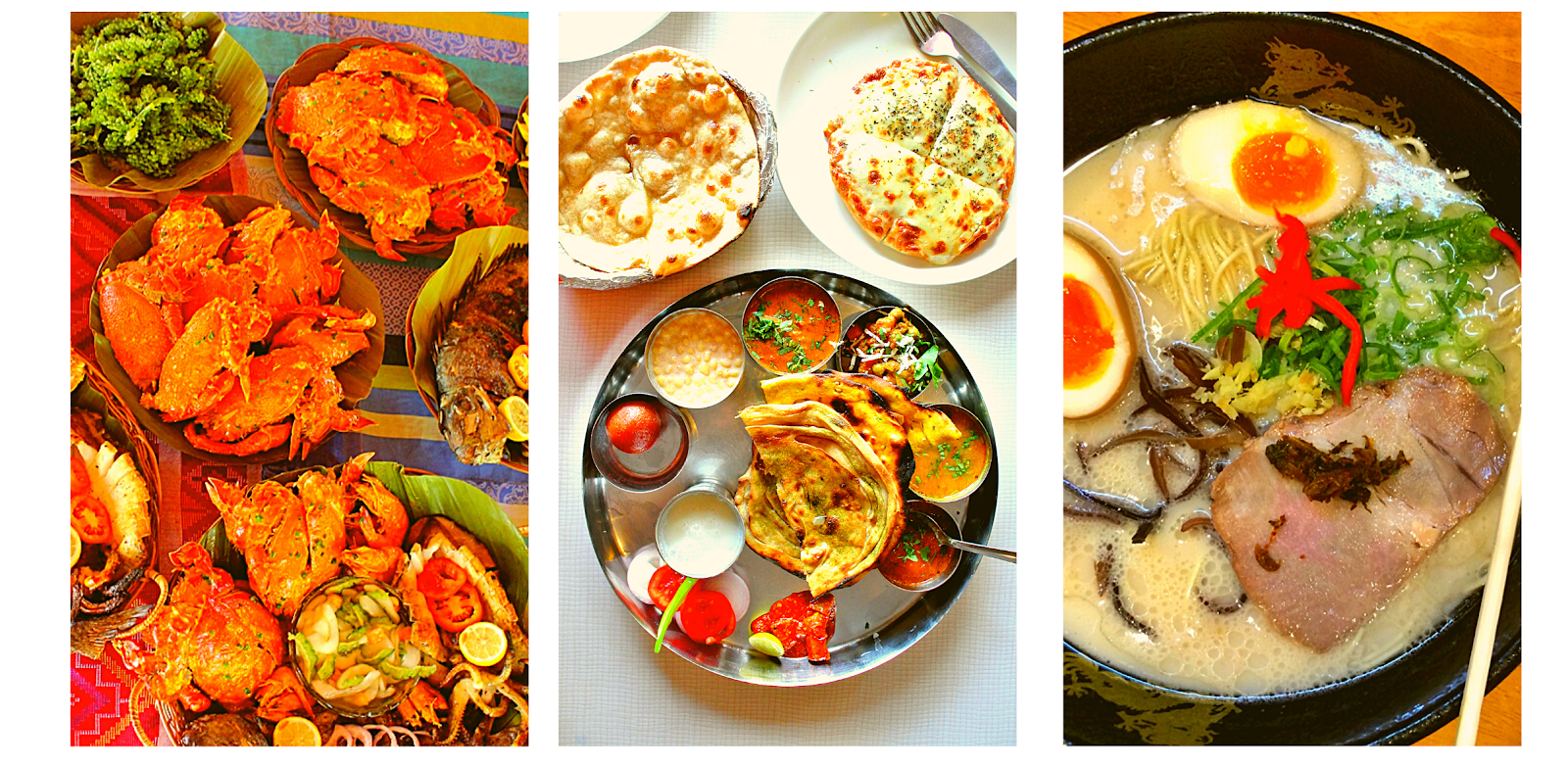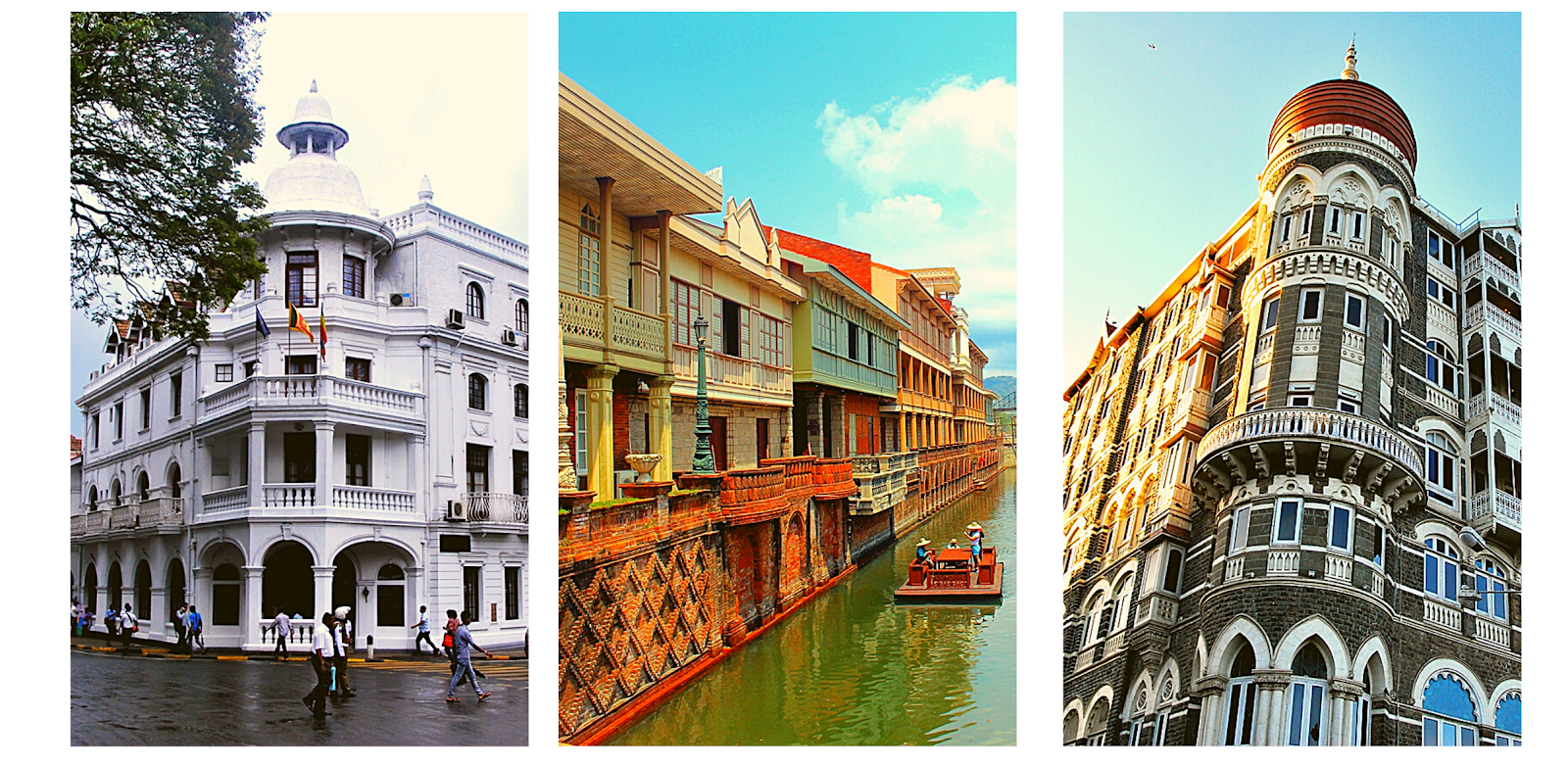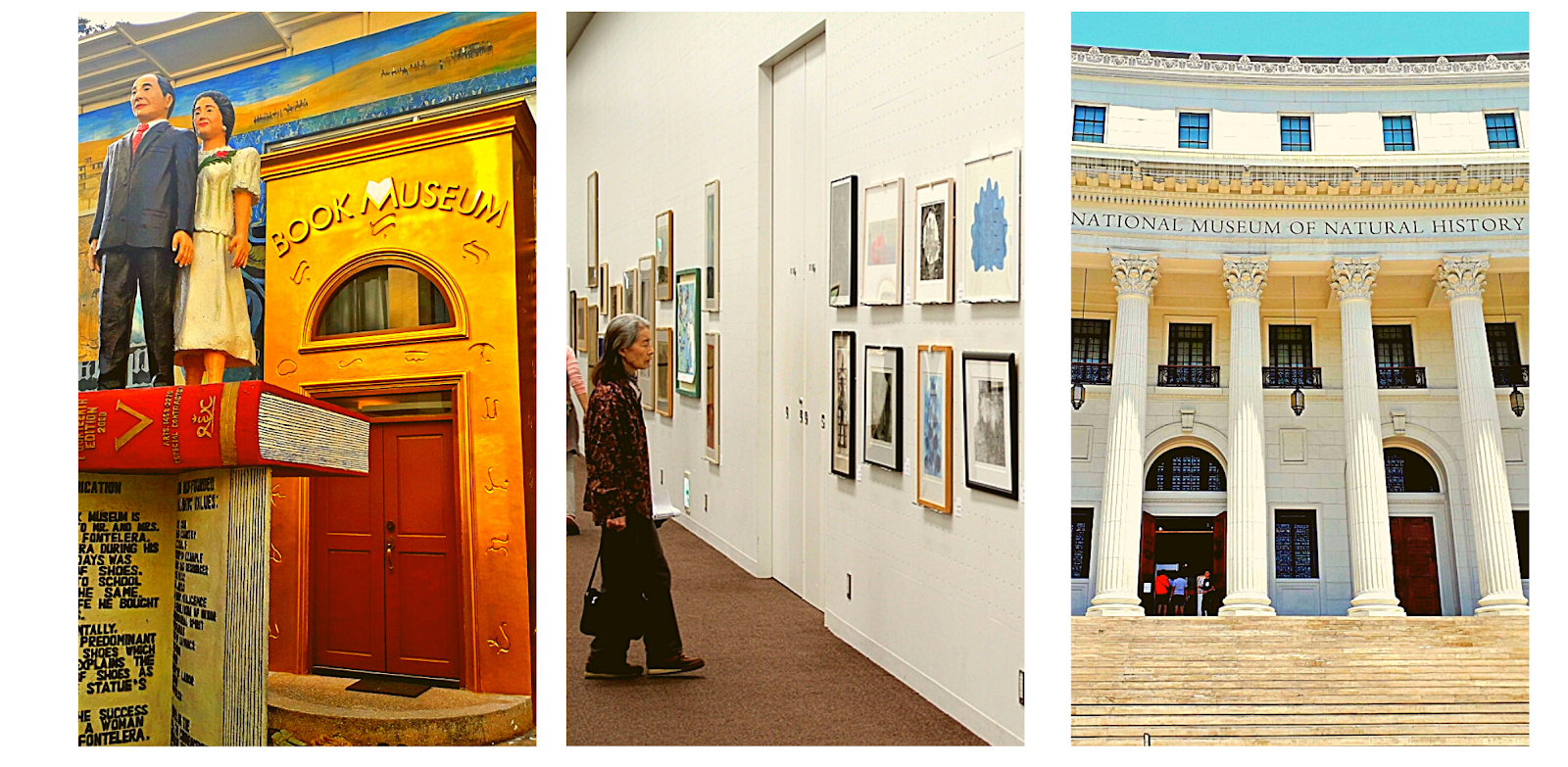
Even though food replicas
are a common sighting upon entering most Japanese restaurants, I often give
zero care at its creation process nor its origin. Totally lost on me are the amount
of craftsmanship and skills required to mold each food replica items from drippings of wax. Joining the Cebu
Pacific Nagoya Familiarization trip
changed all my indifference towards this form of art. I got the opportunity to learn more about this inventiveness when we made a pit stop at Gujo,
Hachiman to visit the Iwasaki Mokei or otherwise known as the “Sample Village Iwasaki”.
| Stratworks' charming Kezia holding her lettuce creation |
The first set of fake foods was created at Iwasaki Mokei in 1932 when Gujo Hachiman native Takizo Iwasaki kick-started the industry. A short time later, the business grew and eventually became known all over Japan until he expanded to found the Gifu Mill in 1955, before evolving to Iwasaki Sample Products Ltd in 1963. Today, this small artisan village provides food replicas to more than half of Japanese restaurants in Japan and to many parts of the world as well.
| Kezia craving for one of the more complicated fake food display |
Meeting
Tomoko-San and Arrival at Sample Village Iwasaki
Despite the overflowing
kindness of Japanese hospitality we have experienced the previous day, I was still madly impressed by the joyful and free-spirited character
of Tomoko-San, the tour guide assigned to us by the tourism office of Gifu
Prefecture. I first met her after we stepped out of our bus. Beaming with a charmed presence and unending smile she excitedly welcomed us and quickly told us about the many interesting things that lay ahead of us in Gifu. After a short introduction, she instantly
ushered us inside to meet the few workers at one of the four food replica
workshops at Iwasaki Mokei.
Inside, I see a cadre of
food replicas on display. Ranging from ramen, to all types of Maki rolls, sashimi,
vegetable salads, hamburgers, pastas and even ice creams. Suddenly, my apathy
towards the manufacturing process of these food replicas gravitated towards
sheer curiosity - especially after one of the female workers told us “one by one you will try to create a simple
fake tempura and vegetable” while pointing to a sink full of water and a
few pots filled with colorful wax.
| Our Gifu Prefecture tour guide; Tomoko-Sun |
Creating
Fake Plastic Lettuce and Tempura
One after another, I found
myself dipping my hands into the sink and following instructions, I carefully
poured the hot drippings of green wax into the water. Slowly, I circled the hardening
wax until it formed a round figure in my hand. Afterward, I was told to cut it
in half and viola – as simple as that I have already created a fake lettuce
vegetable.
| Making my own lettuce |
I followed an almost similar
process – this time using a yellow-colored wax to create the breading cover for
the tempura. It simply involves methodical mixing of the wax and careful
folding to produce a neat looking Tempura.
As much as I found the ‘sample’
process easy, looking at the other food samples dictates to me that the whole shindig of creating these fake foods is never 'a
walk in the park'. As I surveyed around me and appreciated the various plastic food displays,
I compare the artistry of these fake food makers to the skills of sculptors.
| Kezia on a roll, this time making a fake tempura |
| Yup, even that is the product of Sample Village Iwasaki |
Our short trip to the Sample
Village Iwasaki definitely served as an eye-opener at the tedious procedures at
how these fake foods are created. Next time I enter a Japanese restaurant and
see these food replicas, I will absolutely look at it with more appreciation
and remember the skilled workers of Gujo Hachiman's Sample Village Iwasaki.
SAMPLE VILLAGE IWASAKI
Address: 250 Hachimancho-Jonancho,
Gujo 501-4224, Gifu Prefecture Japan
Telephone Number: 0575-65-3378
Email: iwvillage@chic.ocn.ne.jp
Open from 10AM-4PM (Experience Course at 3PM)
Experience Course Rate: 800yen~/1 person (reservation
needed)
**************************************
Cebu Pacific Air,
the leading airline in the Philippines, flies between Manila and Nagoya (Chubu
Centrair International Airport) every Tuesday, Thursday, Saturday and Sunday.
Ongoing all-in seat sale fares start from P6,388, for travel from December 17,
2015 to March 31, 2016. Book your flights through the CebuPacificAir.com. For
updates and seat sale announcements, check out www.facebook.com/cebupacificair.

